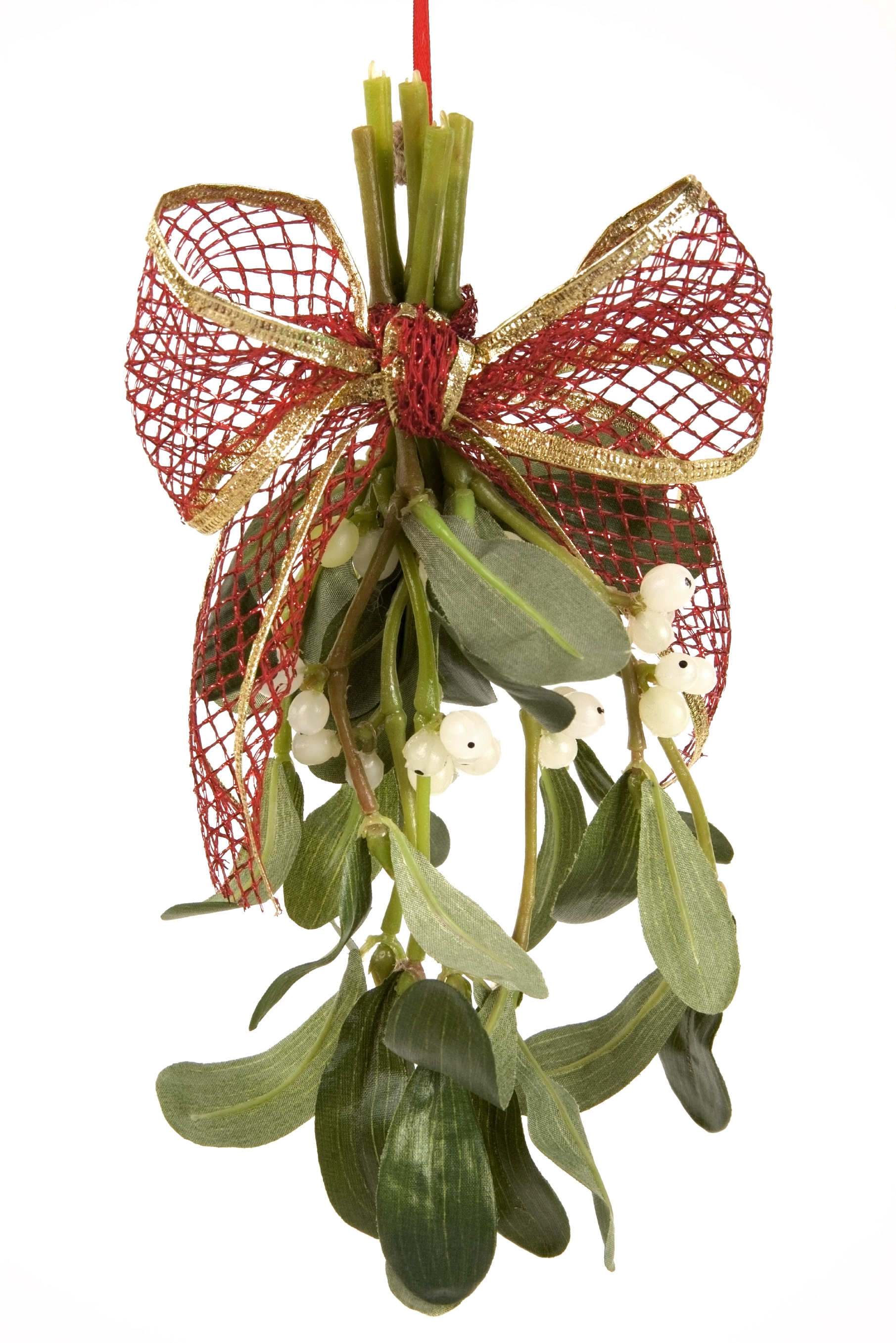
One of the best parts about the holiday season is the many decorations adorning both homes and public places. The favorite Christmas tune, It’s Beginning to Look a Lot Like Christmas, lists festive symbols such as candy canes, holly, bells and Christmas trees. While many of the well-known images associated with Christmas have obvious meaning — such as angels, snowflakes, Santa, stars and nativity scenes — there are many with a more obscure significance. Like the English language, much of American Christmas culture derives from Germanic roots.
Christmas Trees
This delightful symbol and tradition of Christmas has its origins in Germany. In the 8th century, St. Boniface was a missionary to some of the most remote Germanic tribes. According to the legend, in one particular town the people worshiped the god Thor and believed that Thor resided in a great oak tree. Boniface publically announced his intentions to chop down this tree and openly challenged Thor to strike him down. Just as Boniface began to hack away at the oak, a mighty wind blew and hurled the tree to the ground. A fir tree was growing in the roots of the oak, and Boniface claimed the tree as a symbol of Christ. This event became known as “the felling of Thor’s Oak.”
Martin Luther is credited with being the first to add lights to the Christmas tree. One Christmas Eve, Luther was walking through the woods and was captivated by the beauty of the snow shimmering in the moonlight on the branches of the trees. In an attempt to remake the magnificent sight for his family, he chopped down the tree, brought it home and decorated it with candles.
Wreaths
Yuletide, now defined as “an archaic term for Christmas,” was originally a pagan holiday celebrated by Nordic pagans and Germanic tribes. They believed that the sun was a wheel that would roll away from them in the fall and then turn back toward them in the spring. The term Yuletide is thought to be derived from a word meaning, “turning time of the sun.” At the time of winter solstice when days were the darkest, the pagans performed rituals in hopes that the sun would turn back toward them. The belief that a wheel filled with greenery would convince the god of light to turn the wheel of the sun back toward Earth can be credited with starting the Christmas wreath tradition.
With time, these wreaths evolved to be specifically Christian in their meaning. Both the circular shape and the evergreen boughs symbolize God’s eternity and the eternal life offered through the birth of Jesus. The Advent wreath is attributed to Johann Hinrich Wichern, a 19th century German theologian, who founded the Rough House in Hamburg, a home for poor children. As Christmas approached each year, the children would inquire daily about when it would come. He invented the Advent wreath as a method to help them count down the time to the arrival of Christmas day.
Mistletoe
The use of mistletoe as a Christmas decoration also stems from pagan roots. A Nordic myth concerning mistletoe and the needless death of a hero inspired the tradition of mistletoe being used as a symbol of peace and the protection of life. When enemies met under mistletoe, they were obligated to drop their weapons and embrace. This tradition, plus the belief that mistletoe was an agent of fertility, inspired the modern rite of kissing beneath a bough of mistletoe.
Candy Canes
While the peppermint flavored candy was invented in the early 1400s, it was only a plain, white stick until the 17th century. Legend has it that in 1670, the Cologne Cathedral in Germany hosted a living Nativity Scene for its Christmas celebration. The plain white candy sticks were popular at the time, so when the choirmaster had trouble with chattering choir children, he reasoned that their being kept busy licking the candy would be the solution. So that the candy would be educational as well, he appealed to a local candy maker to bend the sticks in the form of shepherd’s staffs. The choirmaster encouraged the children to observe how the shepherds of the Nativity used their canes to direct the live animals. More significantly, the choirmaster instructed the children to ponder how Jesus became the “Good Shepherd.”
Peppermint candies with red stripes first appeared in the mid-19th century, and it is thought that the Swedish town of Granna, now known as the peppermint candy capital of the world, influenced the ornamentation.










